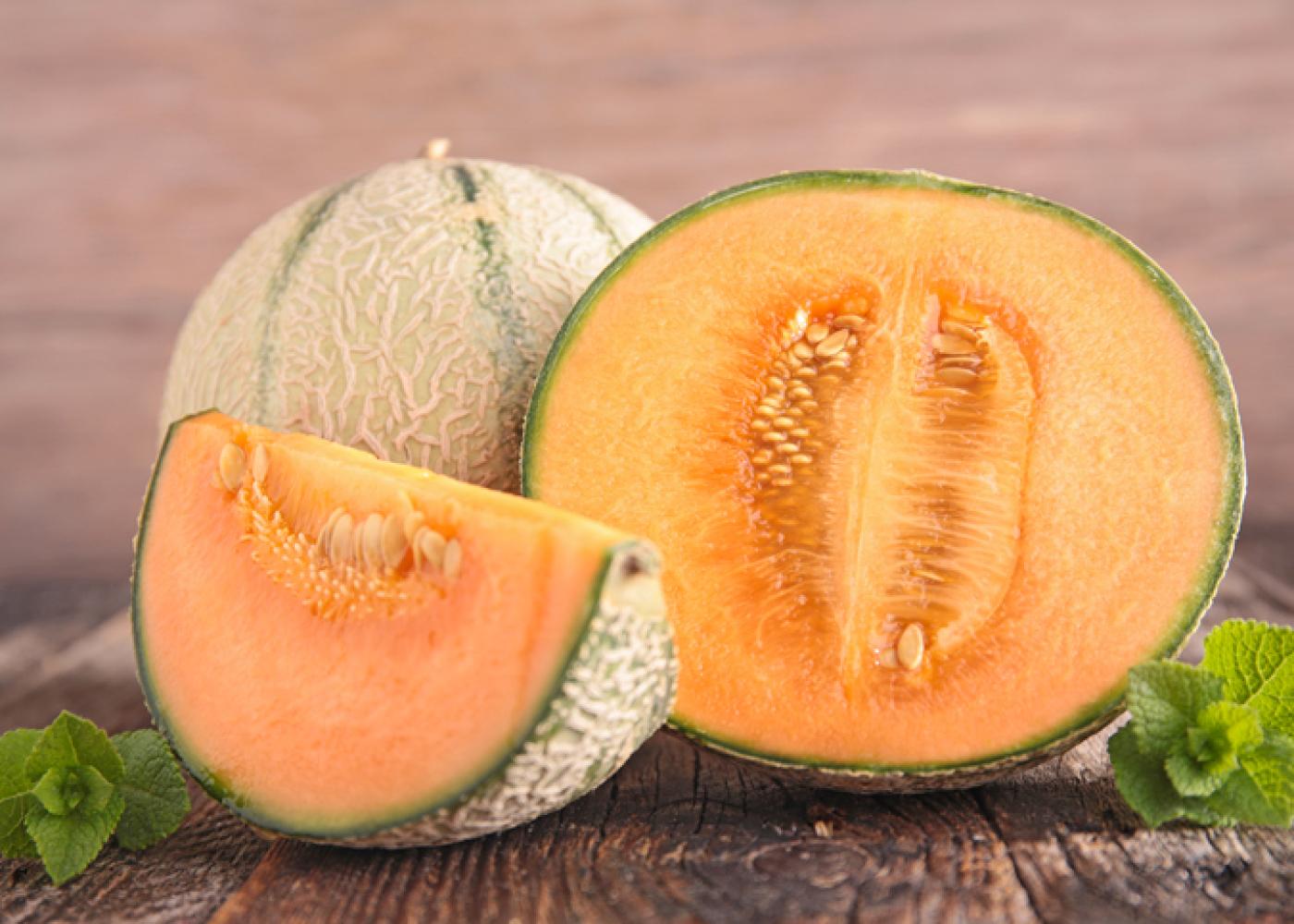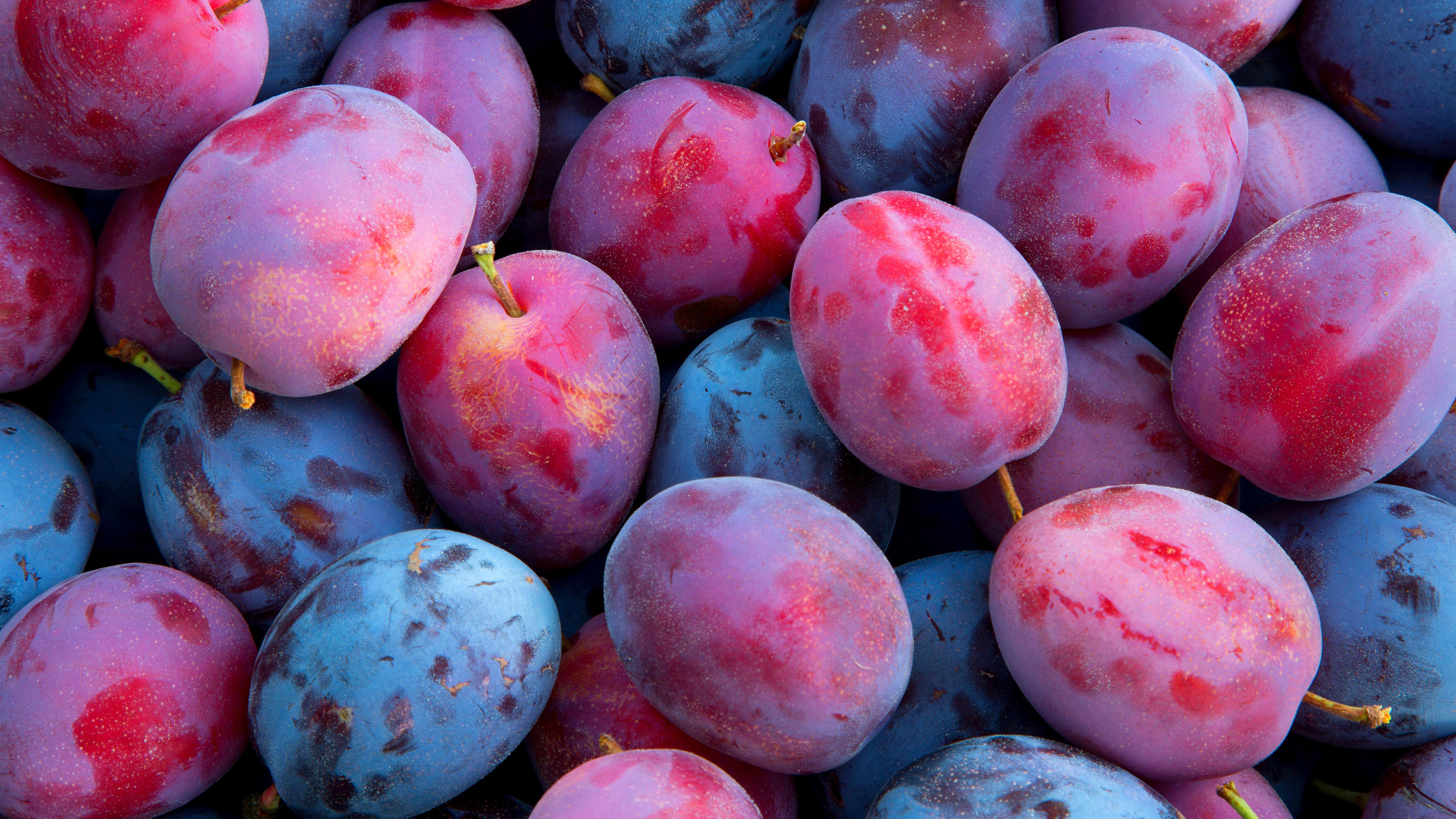To sustain our diet, we need to consider some of the world’s topmost healthiest fruits as we’ve listed in this article guideline. Especially, before denying eating them daily or adding them to your daily dietary plan. We will do this through our researched article on the topmost healthiest fruits as discussed below. Moreover, eating fruit on a regular basis can boost our health.
It’s, important to realize, that fruits generally benefit our general health & wellness in limitless ways. Not to mention, the nutrients in fruits are vital for the health and maintenance of your body. For instance, the potassium in fruit can reduce your risk of heart disease and stroke. Equally, the Potassium in fruits may also reduce the risk of developing kidney stones.
Of course, Fruit is the sweet and typically fleshy, seed-bearing product of a flowering plant or tree. Although all fruits are healthy in one way or another, there’s no single fruit or vegetable that provides all the nutrients you need. So, it’s important to eat a wide variety and as a minimum, get your 5-a-day count of the topmost healthiest fruits to put more effort into.
In a nutshell, eating fruits and vegetables regularly helps our body’s wellness and health in a variety of ways. Such as to decrease overall bone loss as we age. While at the same time, Folate (folic acid) helps our body in forming red blood cells to help fight diseases. However, not all fruits are created equal — some of them provide unique health benefits.
Some Quick Facts About The Topmost Best Healthiest Fruits To Know
You can’t go wrong in eating more produce. Long story short: Every single fruit (and vegetable!) is a great option. Research has shown eating a minimum of four to five servings per day helps to boost mood and reduce your risk of heart disease, obesity, and type 2 diabetes. Yet, the Centers for Disease Control and Prevention (CDC), says only 10% eat enough fruit.
This is about 1½ to 2 cups daily. Many of us also miss out on sufficient dietary fiber, calcium, potassium, and magnesium, all of which are found in abundance in produce. As an example, Potassium helps maintain high blood pressure risks and you’ll get it easily in bananas, prunes, and cantaloupe. Below is a video about the benefits of fruits and veggies:
On one hand, fruits are a good source of vitamins and minerals, recognized for their role in preventing vitamin C and vitamin A deficiencies. People who incorporate fruits and vegetables as part of a healthy eating pattern have a reduced risk of some chronic diseases. USDA’s MyPlate encourages filling half of the plate with fruits and vegetables at mealtimes.
Notably, eating fruit provides major health benefits to our general health and physical fitness. In particular, people who eat more fruits and vegetables engage in part of an overall healthy diet. Whereas, they are likely to have a reduced risk of some chronic diseases. Equally important, fruits provide nutrients vital for the health and maintenance of your body.
Resource Reference: Fruits And Vegetables That You Should Be Eating Everyday
Moving on, the fiber present in fruits supports better digestion and bowel movement. That’s why fruits usually fill you up with fewer calories. Whilst, making it a smart choice for your overall health wellness — it can help if you’re trying to lose weight and keep away from the risks associated with being overweight. You’ll also quickly pick up after vigorous exercise.
Whether you choose fresh or frozen, make it your goal to get more fruit into every meal. Sprinkle mixed berries into morning oatmeal or onto toast with nut butter, carry a banana or a bunch of grapes for a mid-afternoon snack, or toss avocado into a heart-healthy salad at dinner. No matter how you slice it, eating more fruit can benefit both your body and your mind.
The Most Healthiest Fruits Notable Essential Nutrients Value
- Most fruits are naturally low in Fat, Sodium plus Calories, and none of them have cholesterol
- Fruits have many essential nutrients that are under-consumed, like Potassium, Fiber, Vitamin C, and Folate (Folic Acid)
- Diets rich in potassium may help to maintain healthy blood pressure
- Dietary Fiber, as part of an overall healthy diet, helps reduce blood cholesterol levels and may lower the heart disease risks
- Likewise, Dietary Fiber is important for proper bowel function — it helps reduce constipation and diverticulosis
- Vitamin C helps in the growth and repair of all body tissues, heals cuts & wounds, and keeps teeth and gums healthy
Fruit sources of potassium include bananas, prunes, prune juice, dried peaches and apricots, cantaloupe, honeydew melon, and orange juice. Fiber-containing foods such as fruits help provide a feeling of fullness with fewer calories. Whole or cut-up fruits are sources of dietary fiber; fruit juices contain little or no fiber. Folate (folic acid) helps the body form red blood cells.
This means, that women of childbearing age who may become pregnant should consume adequate folate from all those foods that provide them such as fruits. In addition, they can also take 400 mcg of synthetic folic acid from fortified foods or supplements. This reduces the risk of neural tube defects, spina bifida, and anencephaly during fetal development.
The Overall Benefits You Will Enjoy From Consuming Them
On one hand, eating a diet rich in vegetables and fruits as part of an overall healthy diet may reduce the risk of heart disease. Including, heart attack and stroke. On the other hand, eating a diet rich in vegetables and fruits as part of an overall healthy diet may protect against certain types of cancers. USDA’s MyPlate encourages making half your plate fruits and vegetables.
Fruits are important sources of many nutrients. Meaning, that you should try incorporating the likes of Blueberries, Citrus Fruit, Cranberries, or Strawberries which contain phytochemicals that are being studied for added health benefits. Women of childbearing age who may become pregnant and those in the first trimester of pregnancy need adequate folate.
Folate helps prevent neural tube birth defects, such as spina bifida. The nutrients in fruit are vital for the health and maintenance of your body. The potassium in fruit can reduce your risk of heart disease and stroke. Potassium may also reduce the risk of developing kidney stones and help to decrease bone loss as you age. Below are the other benefits you’ll enjoy.
1. Vitamin C & Cucurbitacin E
Vitamin C, also known as ascorbic acid and L-ascorbic acid, is a vitamin found in food and used as a dietary supplement. The disease scurvy is prevented and treated with vitamin C-containing foods or dietary supplements. Evidence does not support use in the general population for the prevention of the common cold.
Cucurbitacin E is a biochemical compound from the family of cucurbitacins. These are found in plants that are a member of the family Cucurbitaceae, most of them coming from traditional Chinese medicinal plants, but also in other plants such as pumpkins and gourds. Note that cucurbitacin E may also inhibit tumor growth.
2. Lycopene & Oleic Acid
Lycopene (from the neo-Latin Lycopersicum, the tomato species) is a bright red carotene and carotenoid pigment and phytochemicals. It’s also found in tomatoes and other red fruits and vegetables, such as red carrots, watermelons, gac, and papayas, but not in strawberries or cherries. Some watermelon antioxidants in the study for their anti-cancer effects.
For instance, Lycopene intake is linked with a reduced risk of cancers of the digestive system. Literally, consuming lycopene-rich foods can also promote heart health. This is because of their ability to reduce cholesterol and blood pressure. The big difference between Oleic Acid and Linoleic Acid is that our bodies produce Oleic Acid. Therefore, the need to supplement it.
But, it is usually not as important as it sounds. In other words, the main notable difference is that Oleic Acid is a monounsaturated omega-9 fatty acid, while Linoleic Acid is a polyunsaturated omega-6 fatty acid.
3. Folate & Flavonoids
Folate is a B Vitamin that is naturally present in many foods. Your body needs folate to make DNA and other genetic material. Your body also needs Folate for your cells to divide. A form of folate called Folic Acid is used in fortified foods and most dietary supplements. As an example, Lemons are high in vitamin C, Folate, potassium, and flavonoids.
In nature, Flavonoid Compounds are products extracted from plants and they are found in several parts of the plant. One, they are used by vegetables for their growth and defense against plaques. Two, they belong to a class of low-molecular-weight phenolic compounds that are widely distributed in the plant kingdom.
Flavonoids have been linked to reducing your risk of cognitive decline by enhancing circulation and helping to protect brain cells from damage. Lemons add brightness to so many dishes, from savory to sweet.
4. Potassium & Pectin Elements
Potassium is a mineral (electrolyte) in the body. Almost 98% of potassium is found inside the cells. Small changes in the level of potassium that are present outside the cells can have severe effects on the heart, nerves, and muscles. Surprisingly, the heart muscle needs potassium to beat properly and regulate blood pressure. Pectin is a fiber in fruits and is used to make medicine.
In addition, Pectin is also known as a prebiotic fiber that feeds the good bacteria in your gut and helps improve digestion and metabolic health. People use pectin for high cholesterol, and high triglycerides, and to prevent colon & prostate cancer. It is also used for diabetes and gastroesophageal reflux disease (GERD).
5. Fiber & Magnesium Sources
Dietary Fiber is found mainly in fruits, vegetables, whole grains, and legumes. It is probably best known for its ability to prevent or relieve constipation. But foods containing fiber can provide other health benefits as well. In particular, such as helping to maintain a healthy weight and lowering your risk of diabetes. Including, also reduced heart disease and some types of cancer.
Magnesium is a cofactor in more than 300 enzyme systems that regulate diverse biochemical reactions in the body. Including protein synthesis, muscle and nerve function, blood glucose control, and blood pressure regulation [1-3]. Magnesium is required for energy production, oxidative phosphorylation, and glycolysis.
6. Insulin & Cholesterol Control
The hormone Insulin helps control the amount of sugar (glucose) in the blood. With insulin resistance, the body’s cells don’t respond normally to insulin. Glucose can’t enter the cells as easily, so it builds up in the blood.
This can eventually lead to type 2 diabetes. Cholesterol is a waxy, fat-like substance that’s found in all the cells in your body. Your body needs some cholesterol to make hormones, vitamin D, and substances that help you digest foods. Your body makes all the cholesterol it needs. However, things may go south if they are inadequate or too sufficient.
7. Manganese & Bromelain Compounds
On one side, Manganese aids in the formation of connective tissue, bones, blood-clotting factors, and sex hormones. In fact, it plays a role in fat and carbohydrate metabolism, calcium absorption, and blood sugar regulation. Manganese is also necessary for normal brain and nerve function. Along with vitamin K, manganese aids in the formation of blood clots.
Blood clotting, which keeps the blood in a damaged blood vessel, is the first stage of wound healing. On the other hand, Bromelain is also a very important compound in an enzyme form. Bromelain is promoted as a dietary supplement for reducing pain and swelling, especially of the nose and sinuses, gums, and other body parts after surgery or injury.
Often found in pineapple juice and in the pineapple stem, it is also promoted for Osteoarthritis, cancer, digestive problems, and muscle soreness. Topical Bromelain is promoted for burns. People use it for medicine. Bromelain is used for reducing swelling (inflammation), especially, that of the nose and sinuses, after surgery or injury.
8. Vitamin K & Anti-Inflammatory Agents
By definition, Vitamin K is a fat-soluble vitamin that comes in two forms. The main type is called phylloquinone, found in green leafy vegetables like collard greens, kale, and spinach. The other type, menaquinones, is found in some animal foods and fermented foods. Menaquinones can also be produced by bacteria in the human body.
Vitamin K is used by the body to help blood clot. Warfarin (Coumadin) is used to slow blood clotting. By helping the blood clot, vitamin K might decrease the effectiveness of warfarin (Coumadin). And now, talking about the Anti-Inflammatory Agents, your immune system becomes activated when your body recognizes anything that is foreign.
Such as an invading microbe, plant pollen, or chemical. This often triggers a process called inflammation. Intermittent bouts of inflammation directed at truly threatening invaders protect your health. Choose the right anti-inflammatory foods, and you may be able to reduce your risk of illness. Include pomegranate in your list of fruits next time.
9. Antioxidants & Polyphenols
Antioxidants are compounds that inhibit oxidation. Oxidation is a chemical reaction that can produce free radicals. Thereby, leading to chain reactions that may damage the cells of organisms. Antioxidants such as thiols or ascorbic acid terminate these chain reactions. Polyphenols are a group of over 500 phytochemicals, which are naturally occurring micronutrients in plants.
These compounds give a plant its color and can help protect it from various dangers. When you eat plants with polyphenols, you’ll reap many benefits. Basically, these two compounds in fruits will come in handy to help you prevent a heart attack emergency. It usually occurs when a blood clot blocks blood flow to the heart. Without blood, tissue loses oxygen and dies.
10. Soluble Fiber & Other Minerals
Good sources of soluble fiber include oats and oatmeal, legumes (peas, beans, lentils), barley, fruits, and vegetables. Especially mangos, oranges, apples, and carrots. Insoluble fiber does not absorb or dissolve in water. It passes through our digestive system in close to its original form. Eating fruits helps fight diabetes. Space meals no more than 6 hours apart.
Eat a variety of foods in each meal, including healthy fats, lean meats, or proteins. Also, whole grains and low-fat dairy. Add fiber-rich foods like fruits, veggies, and whole grains as much as possible. Or even brown bread, bran cereals, whole-wheat pasta, and brown rice. Always remember, that proper nutrition promotes overall health, and fruits contribute majorly.
By providing optimum nutritional value minerals. This plays a vital role during different life stages, like pregnancy, recovery from illness, pandemic, and other transitional phases. With that in mind, it’s now time to list the healthiest fruits.
The Topmost Healthiest Fruits To Include In Your Dietary Plan
As you’ll come to learn, from our list of healthiest fruits below, fruits have been recognized as a good source of vitamins and minerals for their role in preventing vitamin C and vitamin A deficiencies. People who eat fruit as part of an overall healthy diet generally have a reduced risk of chronic diseases. Diets rich in foods containing fiber are highly recommended.
For one thing, it may reduce the risk of heart disease, obesity, and type 2 diabetes. Eating vegetables and fruits rich in potassium as part of a healthy diet may lower blood pressure, and it may also help to reduce the risk of kidney stones and decrease bone loss. Not to mention, eating foods with added fruits benefit helps us with lowering our body calories.
Try taking fruit juice instead of some other higher-calorie food. Essentially, this may be useful in helping to lower calorie intake. In other words, eating fruits alone might be a good idea, but it is not superior to your general dietary demands. Therefore, combining other sourced minerals and bodybuilding components improves your life for good.
Of all the fruits, watermelon is one of the most hydrating fruits on this list. It is made up of 92% water, which can help you feel more full. Having said all that, below is our list of the topmost healthiest fruits to include in your diet meal plan.
1. Lemons
Lemons are a very healthy citrus fruit known for their high vitamin C content. They may be particularly helpful in promoting heart health due to their potential to lower blood lipids & pressure. They also contain soluble fiber, which can provide many health benefits. Findings from animal studies have also proposed that the plant compounds in them can help in weight control.
Other studies show that the citric acid in lemon juice has the ability to treat kidney stones. You may never know how sweet Fermented Lemons are until you give them a try! These Preserved Lemons are fresh lemons that are soaked in a brine for several weeks. This produces an incredible tangy, salty, warm pop of lemon flavor that cannot be achieved any other way.
2. Watermelon
Just like drinking water, it’s clear that watermelon is 92% water, making it a great choice for hydration. Your food provides about 20% of your fluid intake, and eating water-packed snacks like watermelon can help you avoid subtle, headache-spurring dehydration. Because fruit is high in water, potassium, and magnesium, it helps to offset excess sodium in your diet, too.
Try it in a salad with feta and mint — or grill it for a summery dessert! That said, make sure that you also learn more about 50 Genius Things To Do With Watermelon to gather more resourceful information. Watermelon is high in both vitamins A and C. It’s also rich in some important antioxidants. Including, lycopene, carotenoids, and cucurbitacin E.
3. Apples
They say: An Apple A Day may, in fact, keep your cardiologist away. Evidence has shown that frequent apple consumption may reduce total cholesterol, which can help reduce your risk of heart disease. That’s thanks to the phenolic compounds — antioxidant compounds that help to promote healthy cellular function and proper blood flow — found in apple skins.
The combo of vitamin C, fiber (about 5 grams per medium apple), and phytochemicals make them a smart household staple for your whole family. And there are so many ways to eat them, from simple slices dipped in nut butter or yogurt, to stuffed with nuts and raisins and baked. Apples are among the most popular fruits and also happen to be incredibly nutritious.
They contain a high amount of fiber, vitamin C, potassium, and vitamin K. They also provide some B vitamins. Studies suggest that the antioxidants in apples can promote heart health. Also, it could reduce the risk of type 2 diabetes, cancer, and Alzheimer’s. The antioxidant activity in apples has also been linked with increased bone density in animal and test-tube studies.
4. Mangos
Typically, nouns that end in an “o” follow the rule that if the “o” is preceded by a vowel, it will end with just an “s,” such as kangaroos and radios. If it is preceded by a consonant, it will end with an “es,” like potatoes or banjoes. If that’s the case, then it should be, “mangoes,” right? Here is what to learn about Mangos or Mangoes Debate – Plural of Mangos in detail.
Munch on mango for a summery, delicious tropical treat filled with vitamin C, potassium- and beta-carotene. We love making a big batch of mango-filled skewers and loading up the fridge or freezer, so they’re always on hand when you need a nosh. Plus, the prep gets your little ones involved in the kitchen, and that kabob adds an extra layer of fun!
Diced mango is wonderful in a salad, or frozen chunks to throw into smoothies and other juices. Mangoes are an excellent source of vitamin C. They also contain soluble fiber, which can provide many health benefits. Additionally, mangoes have strong antioxidant and anti-inflammatory properties that may help reduce the risk of disease.
5. Kiwi
Kiwis are high in Vitamin C and dietary fiber and provide a variety of health benefits. This tart fruit can support heart health, digestive health, and immunity. The Kiwi is a healthy choice of fruit and is rich in vitamins and antioxidants. In addition to the vitamin C, potassium, and antioxidants you’ll get from Kiwi, there is also a combination of folate, magnesium, and B Vitamins.
They are also found in this fruit and can help you chill out. Some (early) research has linked eating kiwi as a pre-bedtime snack with an easier time falling asleep! After all, beauty sleep is a very important part of our lives. Mix some into a slaw, or slice some for a cooling side dish. Make sure that you learn more about The Sneaky Foods That Make You Sleepy in detail.
6. Cherries
Cherries are low in calories and chock full of fiber, vitamins, minerals, nutrients, and other good-for-you ingredients. You’ll get vitamins C, A, and K. Each long-stemmed fruit delivers potassium, magnesium, and calcium too. They also bring antioxidants, like beta-carotene, and the essential nutrient choline. Feeling stressed somehow? Grab a handful of cherries.
In addition to their multitude of antioxidant benefits, they contain quercetin, a type of antioxidant linked to promoting feelings of calmness. To reap the benefits of their nutrient-rich capabilities, you may be wondering how many cherries should you eat in a day. Our experts recommend about one cup of fresh or frozen cherries and one-fourth cup of dried cherries.
7. Bananas
Bananas are rich in vitamins and minerals and have quite a few health benefits to offer. They are well known for being high in potassium. One medium banana provides 12% of the RDI for this mineral. One unique property of bananas is their carb makeup. The carbs in green, unripe bananas consist largely of resistant starch. Uniquely, this starch helps control blood sugar.
And also, it is the same starch that makes you feel full. Bananas also contain pectin, which may improve blood sugar control and digestive health. Moreover, studies have shown that the high carb and mineral content of bananas make them a great source of fuel before exercise. Rich in soluble fiber, bananas are an easy grab-and-go snack that can help lower cholesterol.
For an extra heart-healthy boost, slice bananas on top of morning oats with a tablespoon of chia seeds and walnuts. It’s a hearty, energy-packed breakfast loaded with fiber, vitamin B6, potassium, magnesium, vitamin C, and manganese.
8. Oranges
You already knew that oranges came packed with vitamin C, but get this: Citrus fruits have been shown to have body inflammation remedies, and antioxidative and anti-cancer properties, according to research published in Chemistry Central Journal. Oranges are wonderful on their own, sliced into a salad, or used in cooking or baking.
Juicy oranges provide a sunny, sweet bite to any dish and are a vitamin C powerhouse. Studies suggest that Vitamin C supports the body’s immune system.1 But there are so many types of oranges on the shelves these days, and it can be hard to understand the difference between the navel orange, blood orange, and mandarin orange in front of you.
9. Grapes
Grapes are a fruit found in countries throughout the world. Some are best for eating, while others get processed into wine or juice. Most Grapes are sweet, but there are varieties that have thick, tannic skin protecting the sugary flesh, which can change how the grape is used. All grapes grow on vining plants and botanically speaking, grapes are berries.
Grapes contain polyphenolic compounds with antioxidant properties, which may help reduce cellular damage. Adding grapes (about 1–2 cups per day) to your diet can help to protect your body’s tissues and decrease markers of inflammation so to say. Frozen grapes are a wonderful, hydrating summer treat, but also consider roasting grapes along with veggies on a sheet pan!
10. Guavas
Guava, a delectable fruit native to Central America, is a rich source of fiber, vitamin C, and folate. Many people claim that it promotes a healthy pregnancy and boosts fertility. Similarly, Guava supplements, extracts, and tea made from fruit or leaves are said to provide similar benefits. Still, you may want to know whether these claims are backed by scientific evidence.
Rich in nutrients and plant compounds, they promote a healthy pregnancy and may help prevent associated complications. Give your immune system a boost with guava. They’re rich in vitamin C, potassium, and fiber, and have a fair amount of folate. With a tropical tang, guavas can be used to make a tasty jam or turned into a syrup or glaze to use in a host of recipes.
11. Cantaloupe
Other names for Cantaloupe include muskmelon, mush melon, rock melon, and Persian melon. They are a member of the Cucurbitaceae family, along with honeydew melons, watermelons, and cucumbers. Cantaloupe melon makes a refreshing snack in the summer, and it contains nutrients that can benefit a person’s health with potassium, vitamin C, and folate.
Popular with children and adults, cantaloupe can make a refreshing, healthful, and easy summer dessert, while its high water content helps prevent dehydration and constant thirst. This type of fruit also contains a variety of vitamins, minerals, and antioxidants. The flavonoids found in melon have anti-inflammatory, blood sugar-stabilizing, and immune boosters.
12. Strawberries
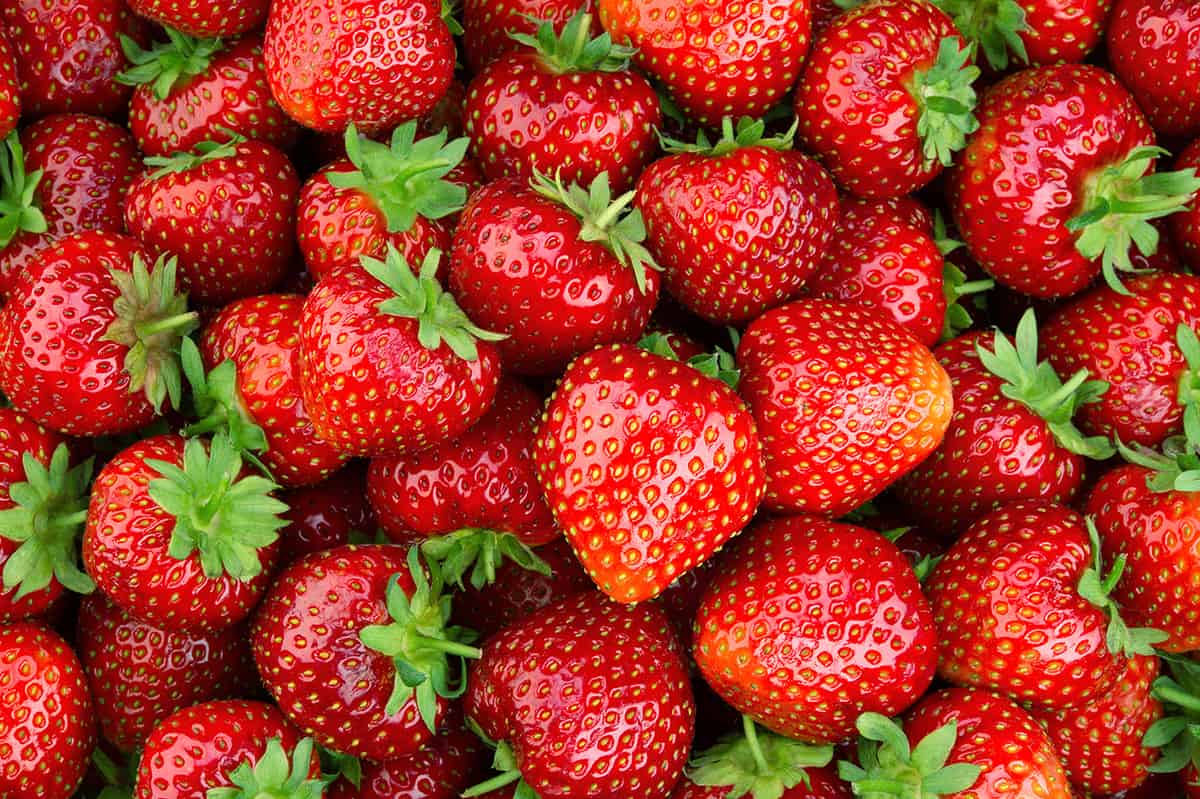
Strawberries are a great source of antioxidants — especially vitamin C. Just one cup of halved strawberries packs about 150% of your daily value. The same serving also contains about 80 calories and up to 9 grams of fiber, a combo that helps you enjoy maximum flavor and fullness for a minimal number of calories. Use their sweetness to create wonderful desserts!
13. Grapefruit

Grapefruit is one of the healthiest citrus fruits. Besides being a good source of vitamins and minerals, it is known for its ability to aid weight loss. In addition, it is known to reduce insulin resistance. For example, in a study of 91 people who ate half a fresh grapefruit before meals. After the study, they lost 2.9 pounds (1.3 kg) more weight than those who didn’t.
In the same study, the grapefruit group had a significant reduction in insulin levels and reduced insulin resistance. Also, eating grapefruit has been shown to reduce cholesterol levels and help prevent kidney stones. Like other citrus, grapefruit packs tons of vitamin C. Research has shown that consuming them improves blood pressure and may help to lower cholesterol levels.
14. Blackberries
Botanically, Blackberries are an edible fruit, commonly found in the UK from the end of the summer until October, they’re often seen growing in woodland and hedgerows. Each berry, when ripe, is made up of 20-50 single seeds known as drupelets that are small, juice-filled, and have a deep purplish black color. Technically, they are an ‘aggregate fruit’ rather than a berry.
Blackberries provide nature’s perfect snack: They’re deliciously sweet, satisfying, and nutrient-packed. One cup can provide about half of the vitamin C you need each day. Plus, they’re a good source of both vitamin K and manganese. Our favorite way to eat any type of berries? Swap them for a jam in PB&J to add extra fiber, more antioxidants, and less sugar.
15. Avocados
Avocado is a unique fruit (yep, it’s a fruit!) because of its low sugar content. It also provides heart-healthy fatty acids and magnesium, a key mineral linked to neurological and muscular function. You know all about avocado toast, but have you tried adding avocado to your smoothies? Avocado is different from most other fruits, given that most fruits are high in carbs.
But, avocado is low in carbs and it is comprised mainly of healthy fats. The majority of the fat in avocado is oleic acid, a monounsaturated fat linked to reduced inflammation and better heart health. Avocados are loaded with potassium, fiber, and magnesium. It provides 28% of the RDI for potassium which is associated with reduced blood pressure and lower stroke risk.
16. Plums
Before diving into the benefits, you can discover how to grow plums in simple steps so that you can have a fruit that delivers masses of crops. Whilst, keeping in mind, whether you’re after a sumptuous, tangy treat you can eat straight from the tree, or delicious flesh that can be cooked down for preserves, jams, pies, jellies, and even wines, plums are a natural choice.
Be that as it may, one fact is that Plums have been shown to have anti-inflammatory benefits that may help to boost cognition too. Choose dried prunes for even more calcium and magnesium, which have been linked to decreasing your risk of Osteoporosis. If grilling chicken or a steak, throw on some halved fresh plums — the heat intensifies their sweetness.
17. Blueberries
Blueberries are a very popular, tasty fruit native to North America but grown commercially across the Americas and Europe. They’re low in calories and incredibly healthy, potentially regulating blood sugar levels and aiding heart and brain health. Often marketed as a superfood, they are an excellent source of several vitamins, beneficial plant compounds, and antioxidants.
Since they’re loaded with polyphenolic compounds, eating more Blueberries can protect your heart by benefiting blood vessels and deter harmful plaque or damage. The fiber in berries also slows down the rate of digestion in your GI tract, steadying the release of sugar into your bloodstream and offering a longer-lasting energy boost.
Besides adding Blueberries to anything from oatmeal and yogurt to salads and grain dishes, consider the most obvious and delicious option: blueberry muffins! Here is the answer to this question: Could Berries Help Fight To Fight? for you to read. In addition, it often helps maintain a healthy body weight. It also reduces the risk of chronic disease leading to general well-being.
18. Raspberries
We’ve all got a crush on nature’s sweetest little treats – plump and juicy Raspberries, right? With their jewel-bright hue and delicious, delicate sweetness offset by just a hint of tartness, Raspberries evoke a heady sense of summer. Raspberries are one of the highest-fiber fruits, with one cup containing 8 grams. Thus, they may serve as a nutrient-packed choice.
At all costs, Raspberries provide antioxidants and blood-sugar stabilizing benefits, especially when combined with a source of protein. One thing is for sure, they are packed with healthy nutrients – including vitamins C, E, and K, copper, magnesium, potassium, folate, omega-three fatty acids, antioxidants, and anti-inflammatory phytonutrients, not to mention fiber.
It is always a pleasure when something so delicious is also really good for you. Add ’em to your breakfast, whether that’s oatmeal, a smoothie, or yogurt — it’ll help boost your energy levels and keep you satisfied until lunchtime.
19. Pears
Besides vitamin C and fiber (25% of your daily value!), a single juicy Pear will also help keep you hydrated. One quick dinner idea: This Thai Steak And Pear Salad Recipe from the Good Housekeeping Test Kitchen takes only 20 minutes to make. And like plums, pears are wonderful grilled as a side dish to whatever protein main dish you’re BBQing.
Pears are one of the few fruits that have an extensive history, reaching back to about 1000 B.C. Today, there are over 3000 varieties of pears worldwide. In reality, Pears used to be called “butter fruit” for its soft, butter-like texture. A medium pear has about 100 calories. Although pears mature on the tree, they ripen best off the tree. Pears are a part of the rose family.
20. Pomegranate
Pomegranates are among the healthiest fruits you can eat. Not only are they nutrient-dense, but they also contain powerful plant compounds. Especially, those that are responsible for most of their health benefits. Just one cup of these petite treats packs up to 7 grams of filling fiber and 10% of the potassium you should get per day.
They’re also a decent source of both Vitamin C and vitamin K. The antioxidant levels in pomegranate have been shown to be high. Especially, three times higher than those of green tea and red wine. Studies have also shown that pomegranates have anti-inflammatory effects. Which may help reduce the risk of cancer.
Markedly, you can use Pomegranates in savory entrées or sprinkle them into salads for a hint of sweetness. The arils (or seeds) have a bit of a crunch, making them a nice addition to yogurt as well. They can also do wonders in weight loss and glowing skin.
21. Mixed Berries

In a mix, the Healthiest Berries tend to have a good nutritional profile. They’re typically high in fiber, vitamin C, and antioxidant polyphenols. Eating berries may help prevent and reduce the symptoms of many chronic diseases. They are small, soft, round fruit of various colors — mainly blue, red, or purple. They’re sweet or sour in taste and are often used in many ways.
Such as serving as preserves, jams, and desserts. In a nutshell, Berries are bright, flavorful, and sweet superfruits that have a long list of health benefits. These colorful fruits are high in antioxidants and polyphenols, which help fight chronic disease and cancer. And their health benefits just keep getting sweeter! Here are the Healthiest Berries You Can Eat in detail.
A recent study in the Circulation Journal suggests that sprinkling just a few more blueberries does you good. Especially in your yogurt or blending strawberries into your morning smoothie may help reduce heart attack risk.
22. Pineapples
:max_bytes(150000):strip_icc()/SES-history-of-the-pineapple-1807645-343418eb3b4c41b1b956d3c702550a07.jpg)
Especially, being among the tropical fruits, Pineapple is a nutrition superstar. One cup (237 ml) of pineapple provides 131% of the Reference Daily Intake (RDI) for vitamin C. And also, 76% of the RDI for manganese. Pineapples often contain bromelain. Test-tube and animal studies suggest that bromelain may help protect against cancer and tumor growth.
Eating it may be particularly advantageous for women because its high vitamin C content plays an important role in supporting healthy bones and reducing the risk of osteoporosis. Furthermore, it provides nutrients, like copper and several B Vitamins.
Takeaway Notes:
In general, apart from the above-listed healthiest fruits, coupled with veggies, they offer important vitamins, minerals, plant chemicals, and fiber. Furthermore, there are many varieties available and many ways to prepare, cook and serve them. For example, a diet high in fruit and vegetables can help protect you against cancer, diabetes, and heart disease.
As a rule of thumb, eating fruits on a regular basis can help boost our general health and wellness. However, not all fruits benefit our bodies equally. Furthermore, fruits have been recognized as a good source of vitamins and minerals. Notably for their role in preventing vitamin C and vitamin A deficiencies. People who eat fruit as part of an overall healthy diet are very fit.
Generally, they have a reduced risk of chronic diseases. USDA’s Choose MyPlate encourages making half your plate fruits and vegetables for healthy eating. By the same token, Fruits are important sources of many nutrients. Including potassium, fiber, vitamin C, and folate (folic acid). For instance, try incorporating blueberries, citrus fruit, cranberries, or strawberries too.
Eventually, to get phytochemicals that are being studied for added health benefits. Remember, Folate (folic acid) helps the body form red blood cells. As an example, women of childbearing age who may become pregnant and those in the first trimester of pregnancy need adequate folate. Equally, Folate helps prevent neural tube birth defects, such as spina bifida.
Other More Related Resource References:
- Four Smoothies To Start Your Day Right
- 35 Foods That Can Help Lower Your Cholesterol
- 25 Cheap Healthy Foods You Can Buy at the Grocery Store
- Carbohydrates | Main Types, Health Wellness Benefits & Risks
- Smoothie Ingredients | The #10 Topmost Best Homemade Recipes
- Red Wine | The General Health Benefits You Should Know About
- The 9 Healthiest Low-Sugar Fruits You Should Be Eating
- The Best Low-Sugar Foods To Satisfy Every Type Of Craving
Last but not least, the nutrients in fruit are vital for the health and maintenance of your body. The potassium in fruit can reduce your risk of heart disease and stroke. Potassium may also reduce the risk of developing kidney stones and help to decrease bone loss with age. All in all, what we can say is that the health benefits of fruit in a healthy eating pattern are so many.
That’s it! The topmost list of the healthiest fruits that you should consider including in your next dietary meal. But, if you think that there is something else that we can add to this guide to make it even more resourceful and complete, kindly let us know. You are welcome to share your additional thoughts, opinions, suggestions, or even contributions in our comments section.
If you would like to partner with us please Consult Us right away. All in all, the team is glad to have informed and educated you. Don’t forget to share this post with your friends if it built you. We’re looking forward to sharing more research work with you in the future. Above all, feel free to Donate in order to support what we do and to motivate our team for their good work.

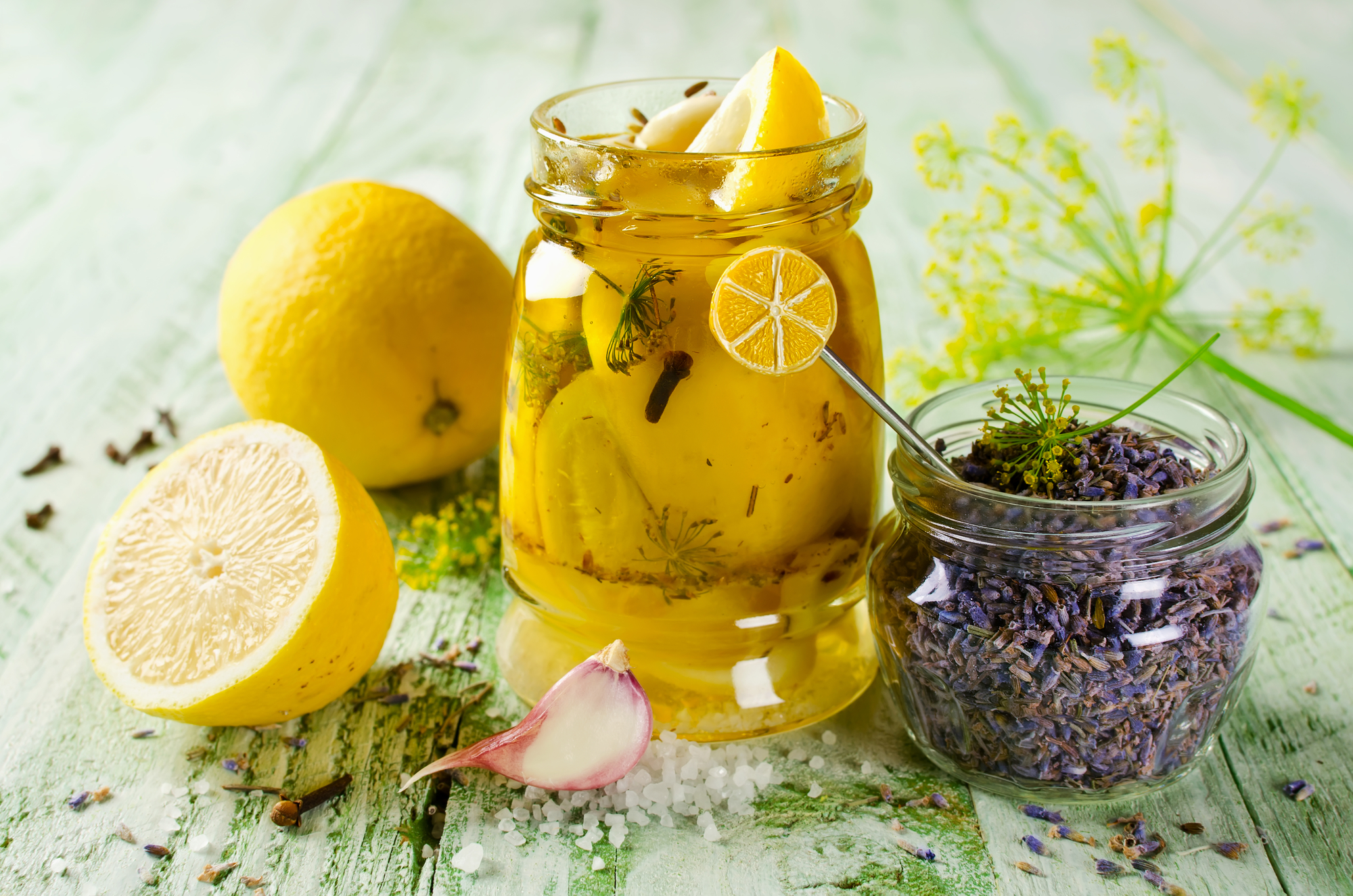


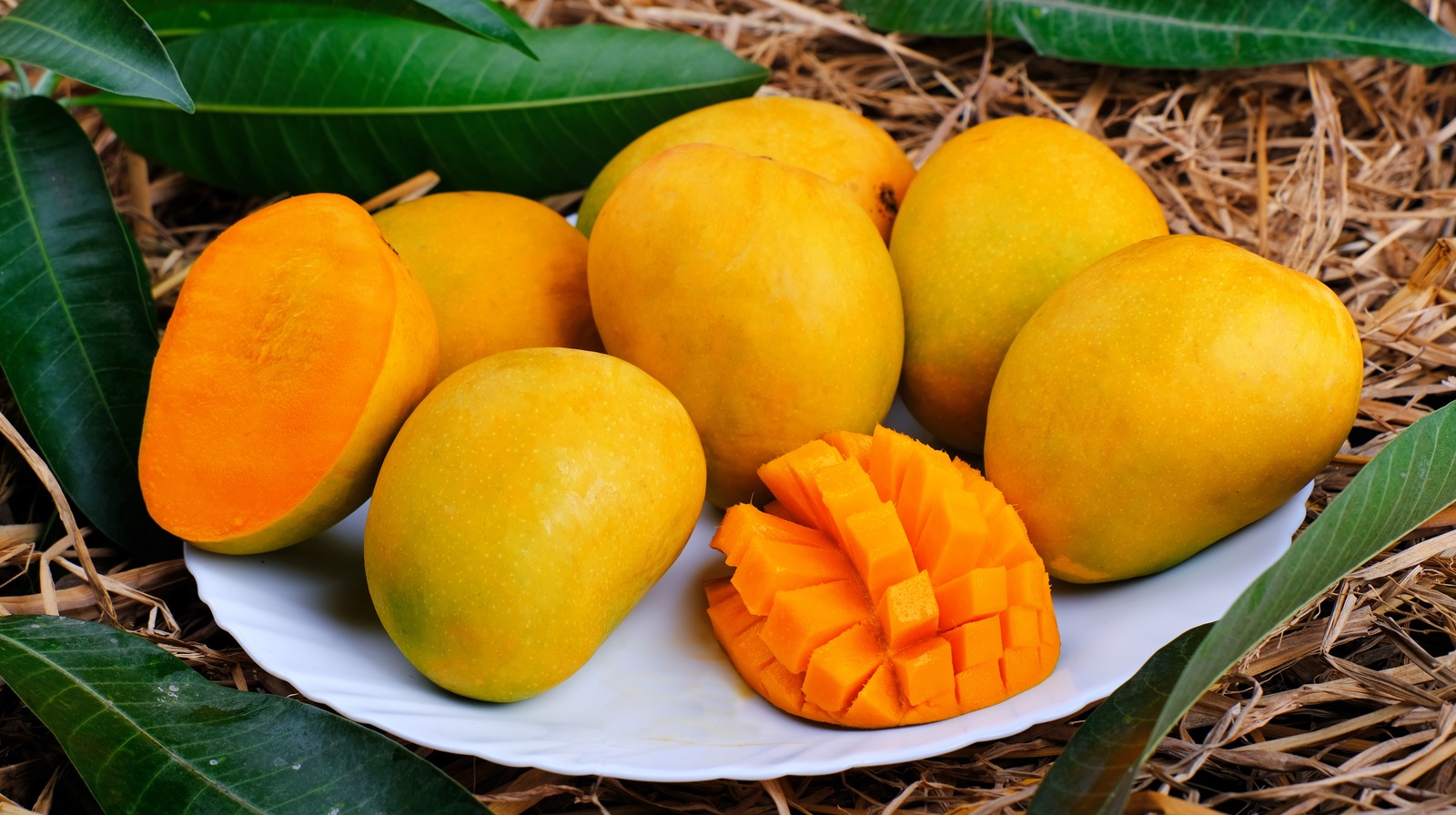
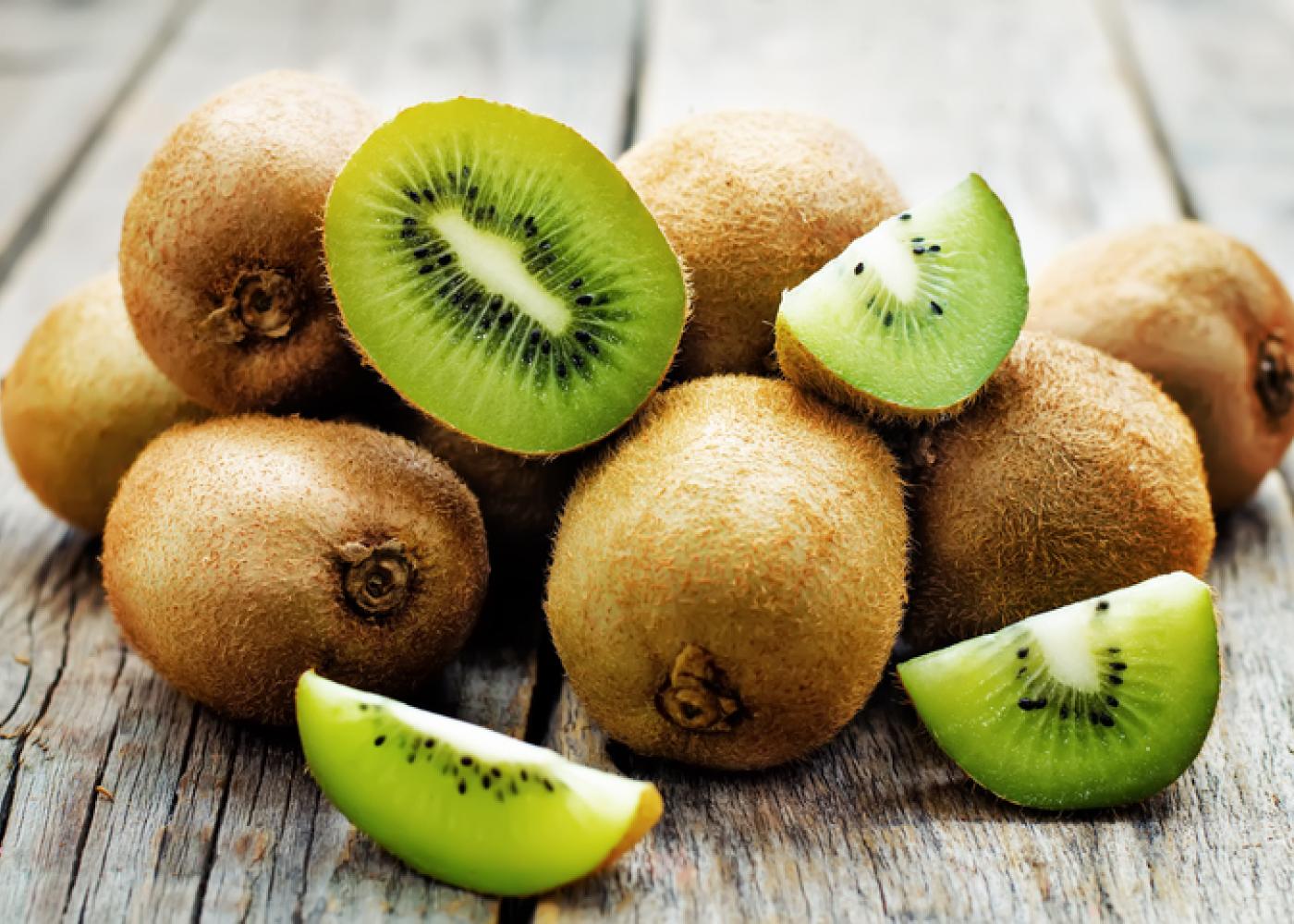
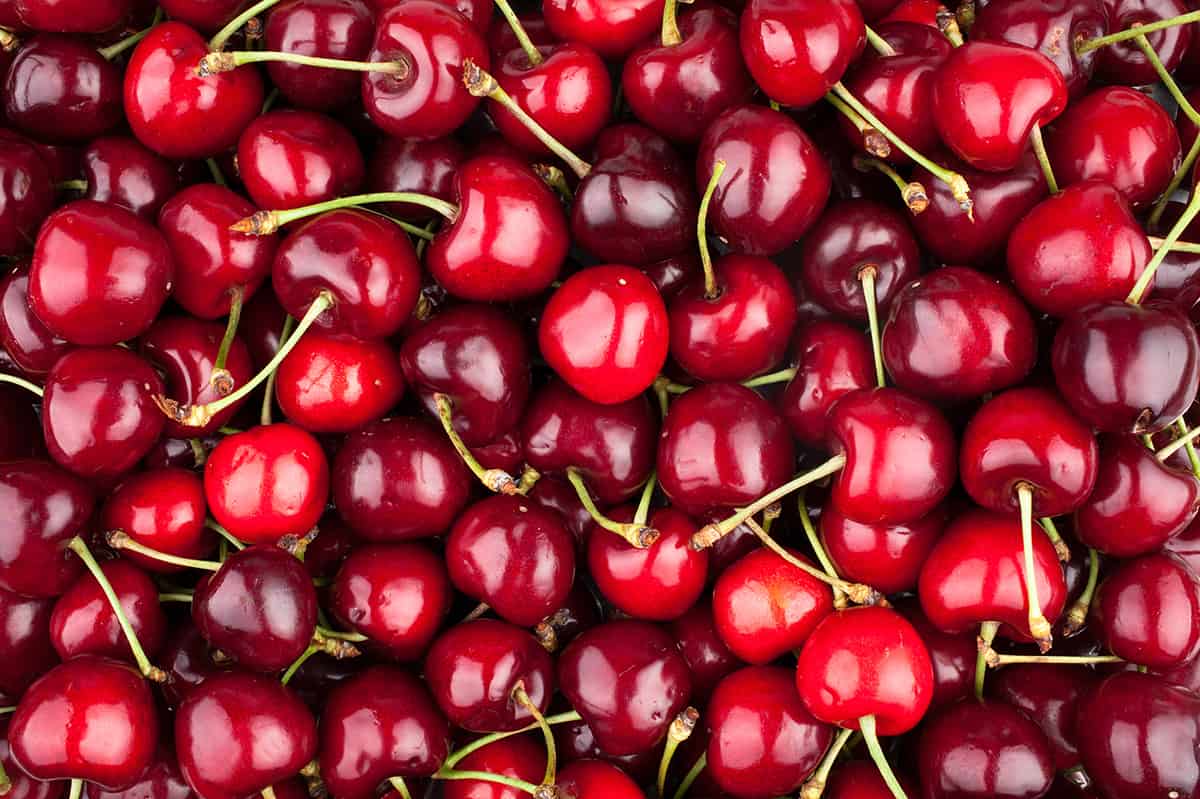

:strip_icc()/types-of-oranges-4d6a86c11fe14668ad798774e16697f8.jpg)
:max_bytes(150000):strip_icc()/what-are-grapes-5193263-hero-01-80564d77b6534aa8bfc34f378556e513.jpg)

